The beverage industry is much more than the refreshing drink production that you sip on. Behind that invigorating taste is an intricate network of processing, manufacturing, and delivery mechanisms that must be impeccable in their operation. Among these mechanisms, the role played by welding, particularly orbital welding, is pivotal. If you've ever wondered about the rigorous standards behind the drinks you consume, let's Swisstech Schreiner dive deep into the significance of orbital welding technology standards in the beverage sector.
What is Orbital Welding Technology?
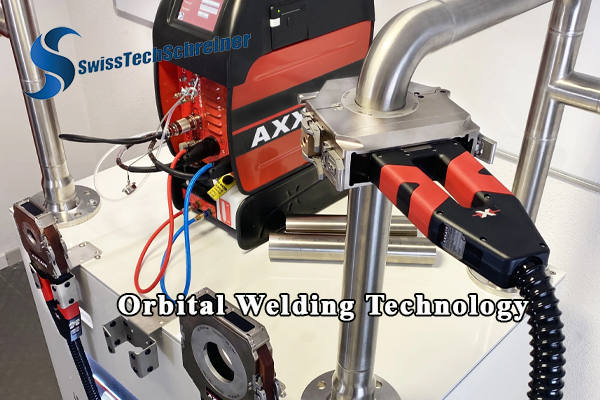
Orbital welding technology is an automated welding technique that utilizes specialized equipment to rotate the welding arc around a stationary workpiece, most often tubes or pipes. This ensures a uniform, high-quality weld that is consistent, reliable, and free from potential contaminants or inconsistencies.
Why is Orbital Welding Technology Preferred in the Beverage Industry?
Sanitary Standards: The beverage industry is one governed by strict sanitary guidelines. Contaminants can have dire consequences, from affecting taste to introducing health risks. Traditional welding methods can result in irregularities or crevices in pipes where bacteria can thrive. Orbital welding technology, on the other hand, creates smooth, consistent, and crevice-free welds, making them resistant to bacterial growth.
Reliability: Orbital welding technology is an automated process, eliminating the inconsistencies associated with manual welding. This guarantees that every weld is executed with the same precision, ensuring the reliability and safety of beverage production lines.
High Production Rates: Due to its automated nature, orbital welding technology can maintain high production rates. This is especially useful in the beverage industry, which often requires extensive piping systems for large-scale production facilities.
The Process of Orbital Welding in the Beverage Industry
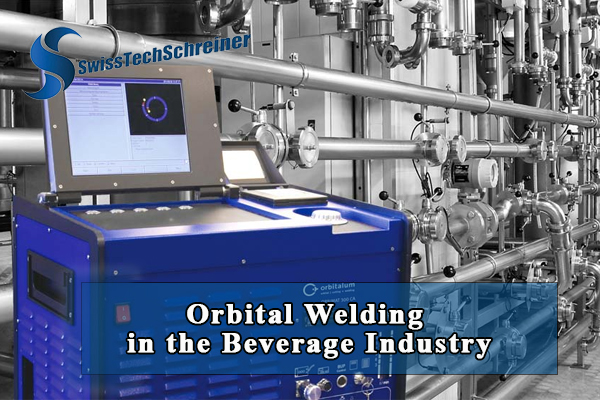
The orbital welding process begins by enclosing the pieces to be welded within a welding head. An electric arc is then formed from a tungsten electrode, which moves in a circular motion around the pipe, creating a perfect circumferential weld. The use of shielding gas, like argon, ensures that contaminants are kept at bay during the welding process.
=> Read more at : Beverage Industry Use Orbital Welding Technology Application
The Benefits Beyond Just Welding
While the primary benefit of orbital welding technology is the high-quality welds it produces, the technology brings along other advantages:
Cost-Efficiency: With reduced weld failures and the elimination of rework, the overall cost savings over time can be significant.
Reduced Training Costs: While the initial setup and programming of orbital welding machines may require specialized knowledge, the need for multiple skilled manual welders is decreased, leading to reduced training expenses.
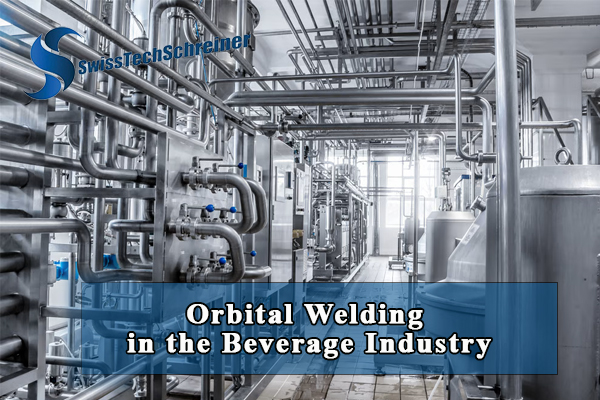
Flexibility: Modern orbital welding equipment can be programmed to handle various sizes and specifications, making it a versatile tool for different production requirements.
Orbital welding technology is revolutionizing the beverage industry by providing a solution that ensures product purity, operational efficiency, and unmatched consistency. As consumer demand for safety and quality in beverages continues to rise, we can only expect the adoption of such sophisticated technologies to become more widespread. If your business in the beverage industry is in need of pipeline system construction and installation using orbital welding technology, please contact Swisstech Schreiner for advice and support.
=> Read more about the Pipeline Construction in beverage industry at :
=> Orbital welding technology in the Pipeline Construction in beverage industry
Meets on-site standards in the beverage industry with orbital welding technology
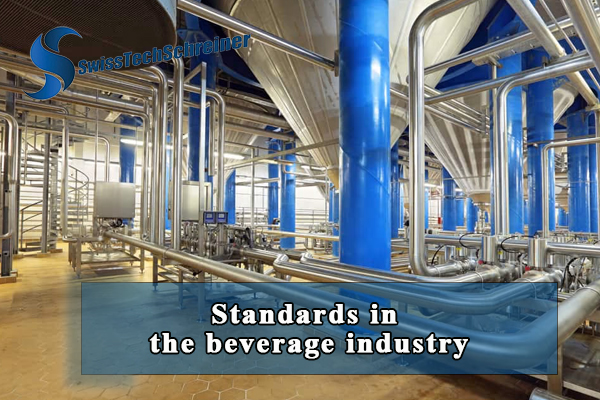
The stringent requirements of the beverage industry mean that specific standards guide orbital welding processes:
Surface Finish: The interior surface of welded tubes and pipes should be smooth, free from ridges, and have a finish that matches or exceeds the parent material. This ensures that there's minimal buildup or deposition inside the tubes, which can affect beverage flow or quality.
Inspection and Validation: The beverage industry often uses borescopes or other visual inspection tools to confirm the integrity of orbital welds. Some even employ advanced techniques like X-ray or ultrasonic testing for a more detailed assessment.
Documentation: Every weld, its parameters, and results are meticulously documented. This provides a clear traceability record, ensuring accountability and aiding in quality assurance.
Training and Qualification: Only certified welders, trained in the specifics of orbital welding for the beverage industry, are allowed to oversee or maintain the equipment. This ensures that the highest quality standards are upheld.
Orbital welding technology standards have firmly cemented their place in the beverage industry. The emphasis on purity, precision, and consistency ensures that the drinks we consume are not just delightful but also safe. To make sure that there's an amalgamation of advanced technology and rigorous standards at play, bringing customers that unparalleled taste and quality, contact Swisstech Schreiner for advice and support.
Swisstech Schreiner.
Add: ch 4153 reinach and hcm city vietnam
Hotline: (+84) 931 - 386 - 062
Phone: (+84) 931 - 386 - 062 +84931386062 ( zalo / viber / whatsapp )
Email: swiss.tech.schreiner@gmail.com
Other News
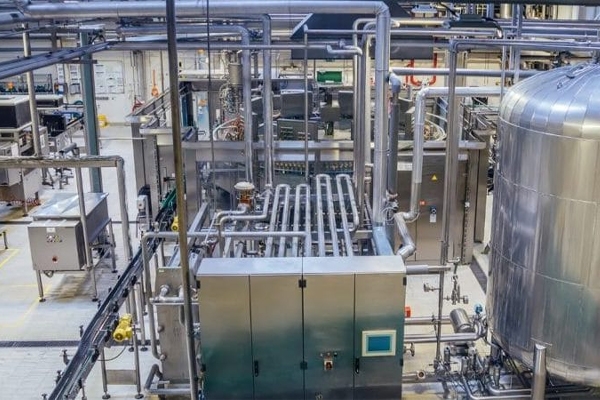
Công nghệ hàng quỹ đạo (orbital welding technology) trong ngành nước giải khát
Ngành nước giải khát (beverage industry)ngày càng trở nên phát triển và cạnh tranh, và việc sản xuất ra những sản phẩm chất lượng cao là điều không thể thiếu. Trong quá trình sản xuất, việc giảm thiểu chi phí, tăng năng suất, đảm bảo chất lượng sản phẩm, và bảo vệ môi trường là những yếu tố quan trọng. Hãy cùng Swisstech Schreiner tìm hiểu trong bài viết này về công nghệ hàn quỹ đạo (Orbital welding technology) và lợi ích của chúng trong ngành nước giải khát (beverage industry).
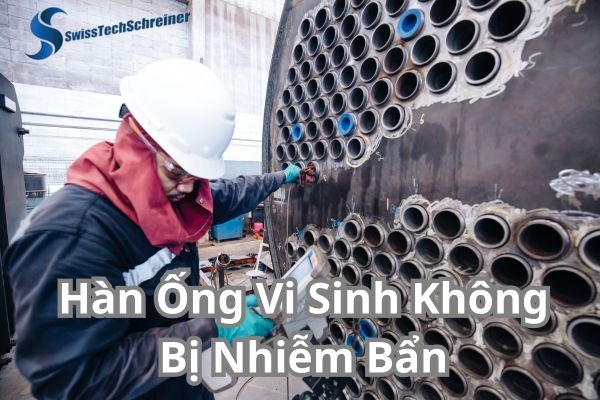
Hàn Ống Vi Sinh Không Bị Nhiễm Bẩn – Giải Pháp Tối Ưu Cho Ngành Đồ Uống
Một trong những công đoạn quan trọng giúp đạt được điều đó là hàn ống vi sinh không bị nhiễm bẩn – giải pháp được đánh giá cao về độ chính xác, tính ổn định và độ sạch tuyệt đối trong quá trình thi công.
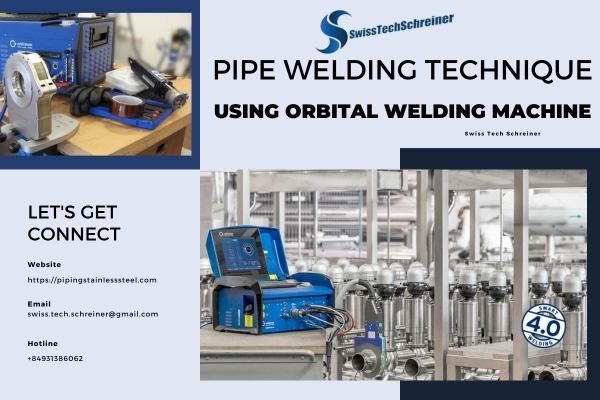
Pipe Welding Technique Using Orbital Welding Machine
Pipe welding is a crucial process in the construction and maintenance of various industries. This Swisstech Schreiner’s blog post will discuss the pipe welding technique using an orbital welding machine for achieving high-quality welds.
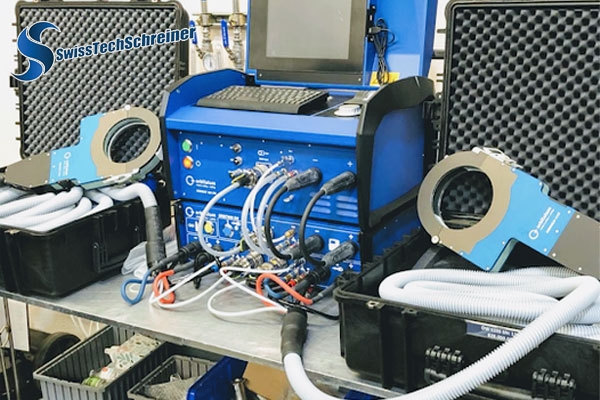
Hàn quỹ đạo: Công nghệ hàn tự động chính xác cao cho các ngành công nghiệp quan trọng
Tìm hiểu về công nghệ hàn quỹ đạo Orbital welding technology – kỹ thuật hàn tự động chính xác cao, ứng dụng trong các ngành hàng không, dược phẩm, thực phẩm và năng lượng. Đảm bảo mối hàn chất lượng vượt trội, đồng nhất, không khuyết tật và đáp ứng tiêu chuẩn khắt khe.
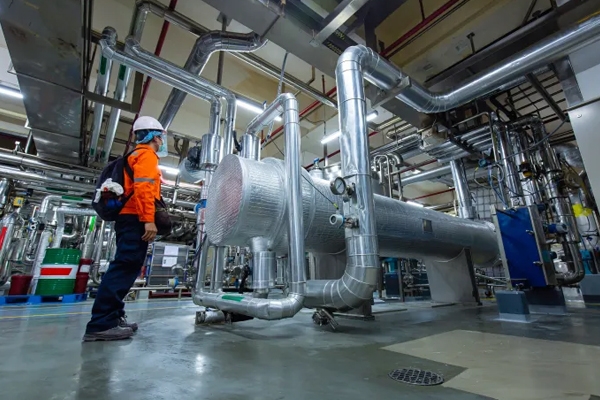
Gia công ống thép không gỉ (Stainless steel pipe processing) cho mối hàn đẹp
Ống thép không gỉ là loại vật liệu có khả năng chống ăn mòn cao, bền, đẹp và dễ gia công.. Tuy nhiên để đảm bảo an toàn của các sản phẩm ống thép, cần phải tuân thủ các kỹ thuật hàn chuyên nghiệp để tạo ra những mối hàn đẹp. Hãy theo dõi bài viết sau của Swisstech Schreiner để hiểu rõ hơn những phương pháp và lưu ý khi gia công ống thép không gỉ (Stainless steel pipe processing) nhé.
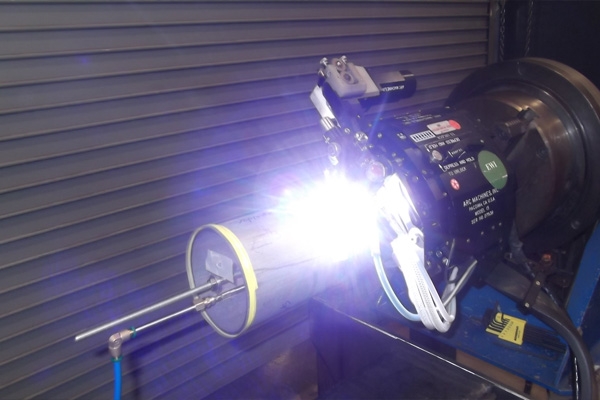
Orbital welding technology ‘s definition and history
New technologies require cleaner and more precise welds in industries such as the food and beverage industry, pharmaceutical industry. That is the reason why orbital welding technology appears and has become more popular in the world.
